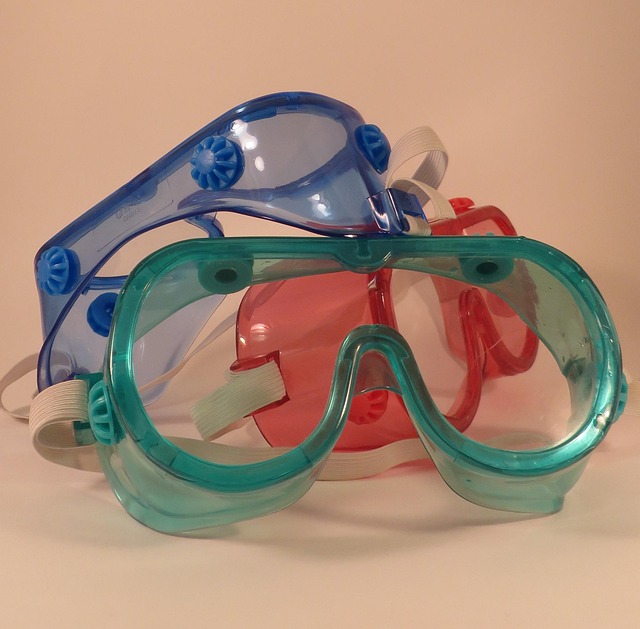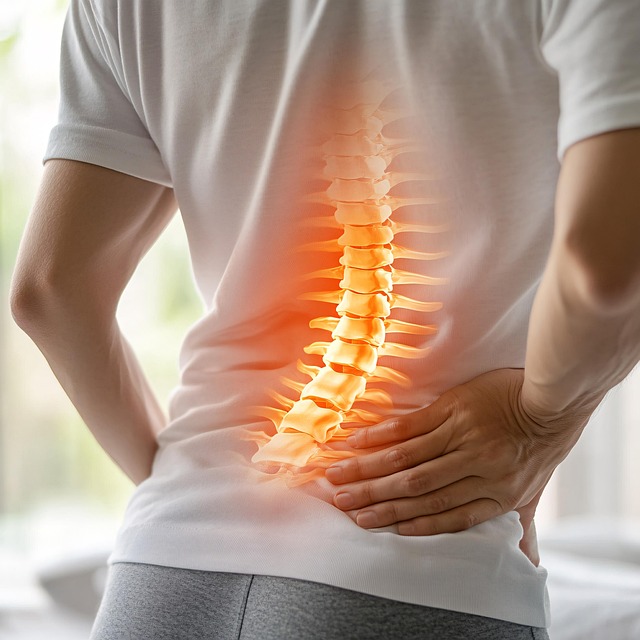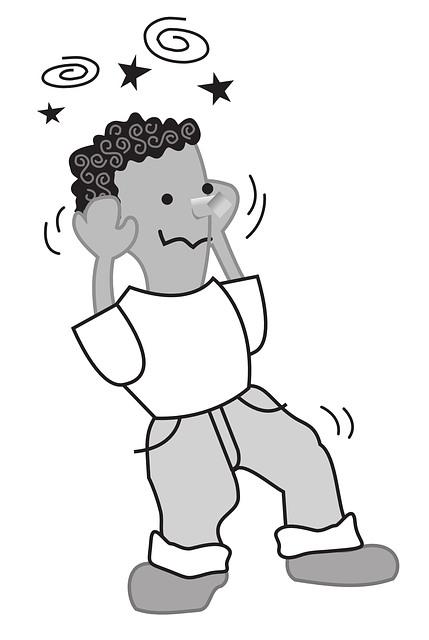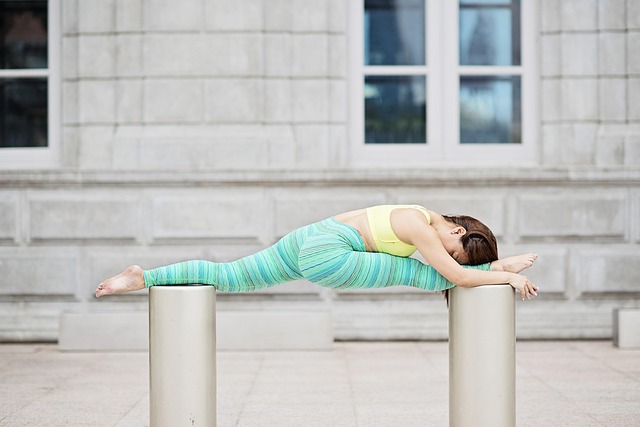Rear-end crashes often cause spine misalignments leading to postural imbalances if untreated. Corrective chiropractic care, including adjustments and exercises like cat-camel stretch, aligns the body, relieves pain, prevents chronic conditions, enhances mobility, reduces future injury risk, and improves overall well-being for individuals with postural issues after accidents.
“Experience a rear-end crash can lead to more than just physical injuries; it often results in postural changes, causing long-term discomfort. Understanding how accidents impact your posture is the first step towards recovery. This article explores effective strategies to improve your stance after such incidents. We delve into the benefits of corrective chiropractic care and provide a selection of exercises tailored for posture restoration. By combining these methods, you can navigate your road to recovery with confidence.”
- Understanding Postural Changes After Accidents
- Role of Corrective Chiropractic Care
- Effective Exercises for Posture Restoration
Understanding Postural Changes After Accidents
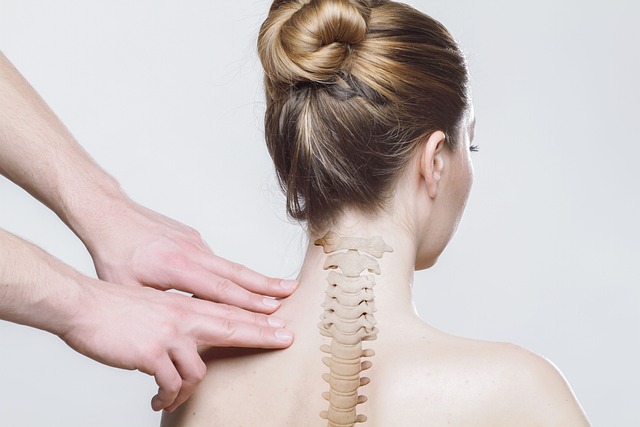
After a rear-end crash, it’s common for individuals to experience postural changes and discomfort. The sudden impact can disrupt the body’s natural alignment, affecting muscles, joints, and vertebrae. This is where corrective chiropractic care plays a vital role in addressing these issues. Chiropractors are trained to assess and diagnose postural abnormalities resulting from accidents.
Through specialized techniques, they aim to improve spinal alignment and reduce pain associated with poor posture. The process involves manual adjustments, targeted exercises, and personalized advice. By correcting muscle imbalances and enhancing flexibility, chiropractic care can help individuals regain optimal posture, promoting overall well-being and preventing long-term complications after a rear-end crash.
Role of Corrective Chiropractic Care

Corrective Chiropractic Care plays a pivotal role in addressing and improving posture after a rear-end crash. Such accidents often lead to misalignments in the spine, causing postural imbalances that can persist if left uncorrected. Chiropractors are trained to diagnose these issues using specialized techniques like spinal manipulation and adjustment. These non-invasive methods help realign the body, alleviating pressure on nerves and muscles, which in turn supports better posture.
Moreover, corrective chiropractic care offers long-term benefits beyond immediate pain relief. Regular visits can prevent chronic conditions from developing as a result of poor posture, enhancing overall well-being. By focusing on the root cause of postural issues, this form of care ensures that the body heals and functions at its optimal level, promoting better mobility, reduced risk of future injuries, and an improved quality of life.
Effective Exercises for Posture Restoration

Maintaining good posture is essential, especially after a rear-end crash, as it can help alleviate pain and prevent future injuries. Corrective chiropractic care plays a significant role in addressing postural issues stemming from accidents. Chiropractors use various techniques to realign the spine and improve overall body positioning. One effective exercise they often recommend is the cat-camel stretch, which involves alternating between arching and rounding your back while on all fours. This movement enhances spinal flexibility and strengthens core muscles crucial for posture support.
Another beneficial exercise targets the upper back and shoulders. Standing tall with your arms extended alongside your body, lift one arm overhead while keeping the other at waist level. Hold this position for a few seconds, then switch sides. This simple yet powerful move helps correct postural imbalances caused by crash-related whiplash or tension. Incorporating these exercises into a daily routine can significantly contribute to repairing and maintaining proper posture after a rear-end collision.
Posture improvements after a rear-end crash are achievable through a combination of understanding postural changes, leveraging corrective chiropractic care, and practicing effective exercises. By addressing these aspects, individuals can enhance their overall well-being and alleviate discomfort associated with the accident. Corrective chiropractic techniques play a pivotal role in realigning the spine and restoring proper body mechanics, while targeted exercises help strengthen muscles supporting the spine, leading to sustained postural correction.
